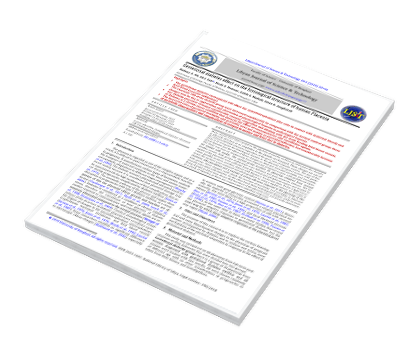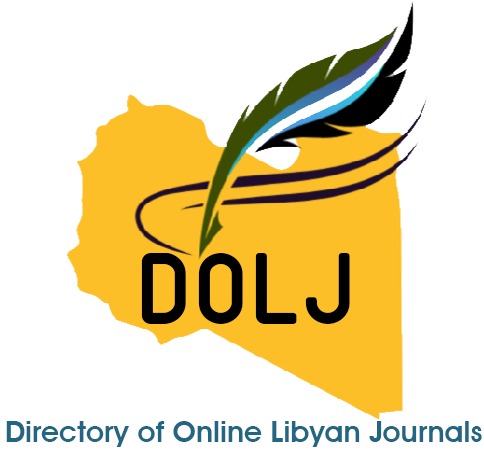Gestational diabetes effect on the histological structure of human Placenta
DOI:
https://doi.org/10.37376/ljst.v10i1.2146Keywords:
Human placentae, Gestational diabetes, Chorionic villi, Histological changesAbstract
Many studies have been carried on the placenta of diabetic mothers to determine the changes in placenta structure as an adaptation to the diabetic environment. These changes are one of the detrimental fetal outcomes regardless of the good care of diabetic women. The aim of this study is to recognize the histological changes in the placenta of pregnant women with gestational diabetes and the effect of these changes on fetal and neonatal mortality and morbidity. The study was done on 30 placentae from diagnosed pregnant women with gestational diabetes treated with insulin. The control group involves 30 placentae obtained from normal healthy women. Both groups of placentae were full-term and post caesarean delivery. The biopsies of the placentae were collected from the central and peripheral regions and treated to obtain paraffin sections, and then stained with Masson’s Trichrome stain. Under a light microscope, the sections were examined and photographed by using a digital camera. An increase in chorionic villi vasculature and a number of young villi were observed in the placentae of diabetic group. These changes could clarify the increase of morbidity and mortality in fetal and neonate associated with diabetes. On the other hand, these histological changes could be modifying changes as it has been shown that functions of the placenta were not severely distressed, as a result, of diabetes, as there are compensative adjusting responses.
Downloads










 LJST Copy rights form
LJST Copy rights form


